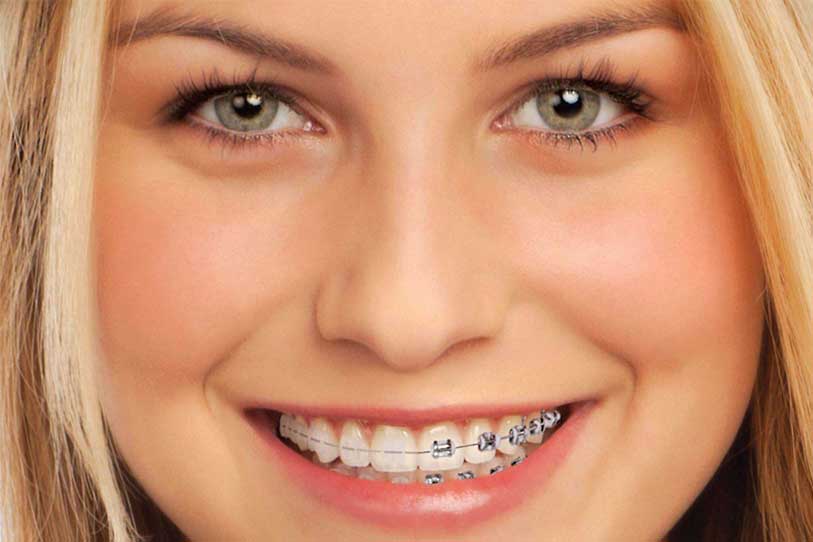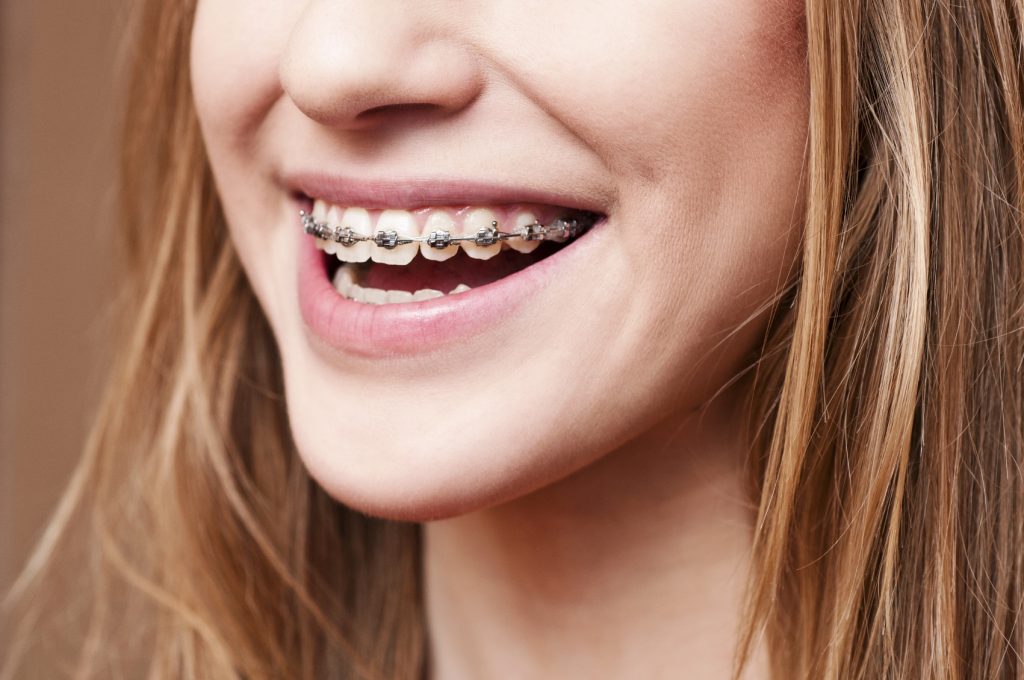Dental braces are an important tool for dentists to use in their practice for the purpose of enhancing oral health and achieving better tooth alignment. To make an educated selection about braces, whether for yourself or a loved one, it’s helpful to know what to expect during the procedure and about the many options available. Now, let’s explore the realm of orthodontic Teeth Braces.
Dental braces: what are they?
When the teeth and jaws are not properly aligned, orthodontic appliances called dental braces may help. The slow movement of teeth into alignment is accomplished by providing constant pressure over time. Brackets, wires, and bands all come together in braces to apply this force to the teeth.

The Orthodontic Procedure
- The first step in getting braces is usually scheduling an appointment with an orthodontist. At the first appointment, the orthodontist will examine your bite and teeth, take impressions and X-rays, and talk to you about your treatment choices.
- The orthodontist will put the braces on when the treatment plan is decided upon. Using a specific glue, the brackets are affixed to the surface of every tooth. Elastic bands are used to secure the wires once they have been passed through the brackets.
- In order to make any required adjustments to the braces and to evaluate progress, it is important to attend regular follow-up consultations during the duration of therapy. Typically, the duration of braces treatment ranges from one to three years, however this might vary widely based on the severity of the orthodontic problem.
Dental Bracket Options
You may choose from a variety of dental braces, each with its own set of benefits and characteristics:
- The majority of patients will wear traditional metal braces, which include wires and brackets. Although they work quite well, they may not be as visually appealing as alternative choices.
- Brackets made of ceramic or transparent material are comparable to those made of metal, but they fit in with the teeth more naturally. For patients who are self-conscious about how they look while undergoing treatment, this makes them more discrete and attractive.
- Adults and teenagers alike sometimes choose clear aligners over more conventional braces. Wearing these transparent plastic plates over one’s teeth will slowly shift them into place. The removable and almost undetectable clear aligners provide discretion and ease of use.
Finally, straighter teeth and better oral health may be yours with the help of Teeth Braces. Before beginning orthodontic treatment, it is important to familiarize yourself with the procedure and the many braces that are available so that you can make an educated selection.











